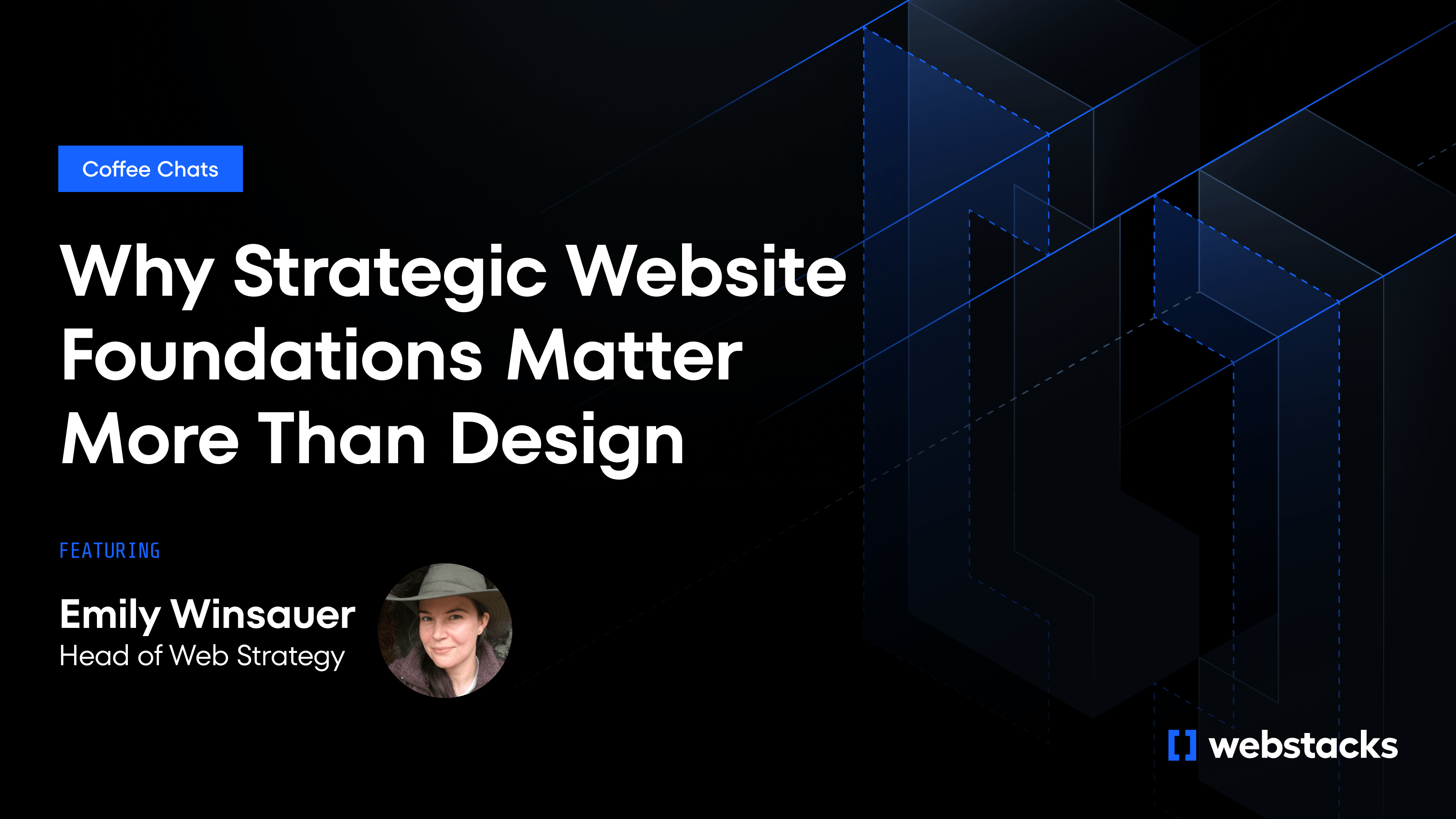OKRs are a hot topic in every SaaS team. Everyone talks about them, but not everyone uses them well.
When done right, OKRs help you stay focused and grow faster. But if you’re just following the trend without a clear system, they quickly can turn into another spreadsheet no one looks at.
The issue is that most examples you find online are too generic. They’re not written for SaaS teams focused on driving signups, boosting retention, and building websites that convert.
That’s what this guide is here for. You’ll find clear, practical OKR examples for marketing, sales, product, and engineering teams.
And if you’re in the middle of a rebrand or rebuilding your website, there’s a special section just for that too.

1. Product OKRs (With a PLG Focus)
If you're a product-led SaaS company, your product is your best salesperson. That means your OKRs need to focus on user experience and activation.
Here’s an example that works:
Objective: Help new users find value faster
Key Results:
- Increase the number of users reaching the “aha” moment from 45% to 65%
- Launch in-app onboarding flows for three top personas
- Cut time-to-value from seven days to four
These goals aim to build features and achieve successful outcomes. You want people to get value quickly and keep coming back.
Tools like checklists, product tours, and guided setup flows can help. You don’t need to add more. Just make what you have easier to use.
HeyGen is a great example. Webstacks helped them build a site and product experience that lets users try, explore, and convert, without needing to talk to sales.
That’s what good PLG OKRs support: smooth self-serve growth, fewer blockers, and fast feedback
2. Marketing OKRs
Marketing teams in SaaS need OKRs that do more than track clicks. The goal is to drive pipeline and support product growth.
Here’s a strong example:
Objective: Get more qualified traffic to product pages
Key Results:
- Publish 10 SEO-focused landing pages by the end of the quarter
- Grow blog-to-MQL conversions by 25% month-over-month
- Double the trial signup rate from blog content
These metrics connect your content and SEO efforts to signups and sales. To get there, your site needs to work with you. That means fast load times, flexible pages, and clean design.
3. Sales OKRs (Sales-Led Model)
If your SaaS company runs on a sales-led model, OKRs should focus on closing deals and shortening the sales cycle.
Here’s one example that works well:
Objective: Improve win rates for enterprise deals
Key Results:
- Roll out a new lead scoring model in HubSpot
- Launch three ABM campaigns for target accounts
- Cut the average sales cycle from 60 to 45 days
These OKRs give sales teams a clear focus. Not just more leads, but better ones. And not just activity, but results.
Sales and marketing need to stay in sync. If you’re bringing in leads that don’t convert, that’s wasted effort on both sides.
A clean, fast website also plays a big role here. It should support your pitch, not confuse it. Every landing page should feel tailored, credible, and quick to load.
4. Customer Success OKRs
Customer success means solving problems while helping users stay happy, engaged, and ready to return.
Here’s a simple OKR setup that supports that:
Objective: Reduce churn and increase customer satisfaction
Key Results:
- Launch a QBR (Quarterly Business Review) program for top 50 accounts
- Cut onboarding time for new clients by 30%
- Raise NPS from 55 to 65
These goals are about building trust and making sure customers see value.
A strong onboarding experience is key. If users get stuck early, they’re more likely to leave.
Ongoing check-ins help too. Not just when something breaks, but before it does. That’s how you turn users into loyal customers.
And when your product and site are aligned, success teams can point users to help, resources, and value, right when they need it.
5. Engineering OKRs (Cross-functional Alignment)
Engineering teams are helping the whole business move faster, especially marketing and product teams.
Here’s a solid OKR example:
Objective: Support growth by improving web performance and delivery speed
Key Results:
- Build a reusable CMS component library for the marketing team
- Cut homepage load time to under 1.5 seconds
- Resolve 90% of marketing-related tickets within 72 hours
These OKRs create real impact. Marketing ships faster. Users get a better experience. Devs spend less time fixing rushed work.
That’s why many SaaS teams switch to modern frameworks like Next.js and headless CMSs like Sanity or Contentful.

6. Seed to Series A OKRs
At this stage, your main goal is finding product-market fit. You’re testing, learning, and trying to build something people want.
Here’s an OKR setup that supports that:
Objective: Prove product-market fit and build a steady user base
Key Results:
- Reach 5% weekly active users across two core ICP segments
- Complete 15 customer interviews per quarter
- Improve onboarding funnel completion rate by 3x
You don’t need fancy dashboards yet. Just clear goals that help you learn and make better decisions.
Talk to users. Watch where they get stuck. Then improve the product or site to fix those problems.
You’re setting the foundation, not scaling yet. And the clearer your OKRs are, the easier that becomes.
7. Series B–C OKRs (Scaling Ops)
Now you’re scaling. You’ve got traction, a growing team, and bigger goals. Your OKRs should help you build systems that support that growth.
Here’s an example that fits this stage:
Objective: Build a scalable demand generation engine
Key Results:
- Launch a content ops pipeline with a consistent 4-week cadence
- Grow organic traffic by 40% over the next six months
- Implement a CMS to reduce dev support on page updates
At this point, speed matters, but so does structure.
Your team needs tools and workflows that let them move fast without breaking things. That’s where a strong website setup can make a difference.
Webstacks helped many teams shift from scattered pages to modular systems, resulting in fewer blockers and better results.
8. Series D+ OKRs (Enterprise-Grade Infrastructure)
At this stage, you’re operating at scale. Your OKRs should focus on performance, efficiency, and consistency.
Here’s a set that helps teams stay sharp:
Objective: Optimize site and systems for enterprise growth
Key Results:
- Migrate marketing site to a headless CMS by end of Q3
- Improve Core Web Vitals across all product and marketing pages
- Complete a full CRO audit and implement 10 key improvements
These goals are about staying fast, flexible, and ahead of technical debt. Tools like Contentful, Sanity, and Vercel help teams deliver top performance at scale.
This is where everything comes together: content, speed, and systems that scale with you.
9. OKRs for Rebranding & Website Redesigns
Rebrands are exciting, but risky. A messy rollout can hurt traffic, confuse users, and slow down the team.
That’s why your OKRs need to focus on clarity, speed, and performance.
Objective: Launch a rebrand with zero disruption and high impact
Key Results:
- Publish new homepage and brand system by July 1
- Migrate 50+ pages with no drop in organic traffic
- Hit 90+ Lighthouse scores for site speed and UX
This is about your site’s look, performance and how fast your team can move.
When done right, a rebrand gives your whole company a fresh start. But to get there, you need clean systems, fast feedback loops, and clear goals.
Webstacks helps teams launch without the stress by migrating pages, protecting SEO, and building reusable components that scale with you.
Make Your OKRs Work for You
OKRs are a powerful way to help your team focus, move faster, and grow, but only when they’re tied to real outcomes. Not just tasks, but goals that matter: faster onboarding, more signups, better retention.
Use these OKRs as a starting point. Adjust them to suit your team, stage, and goals. Then put them to work.
Your website should support those goals, too. It needs to be something your team can update, test, and scale, without waiting on dev cycles.
That’s what Webstacks is good at. We help SaaS companies build websites that evolve with the business and actively drive results.
Your goals deserve a site that can keep up. Talk to Webstacks.




